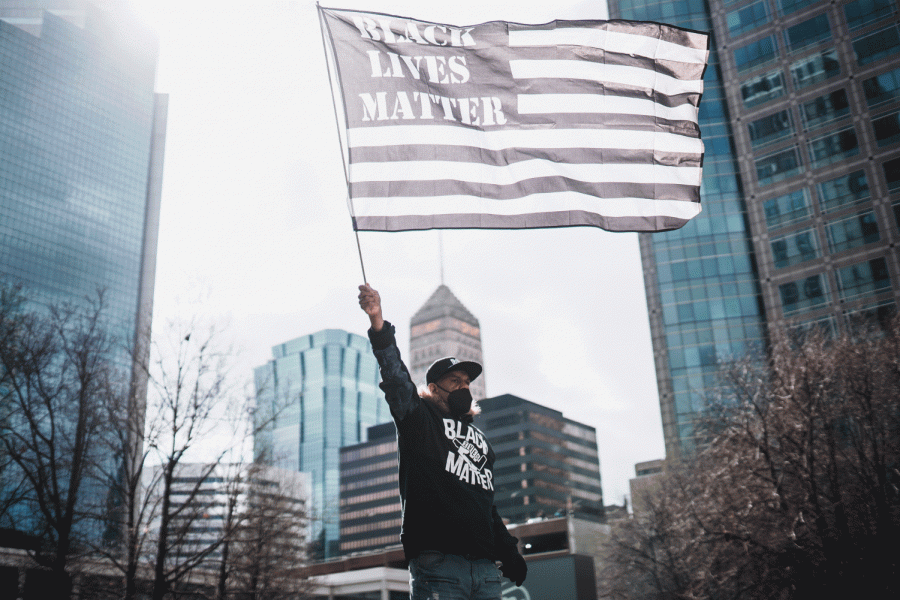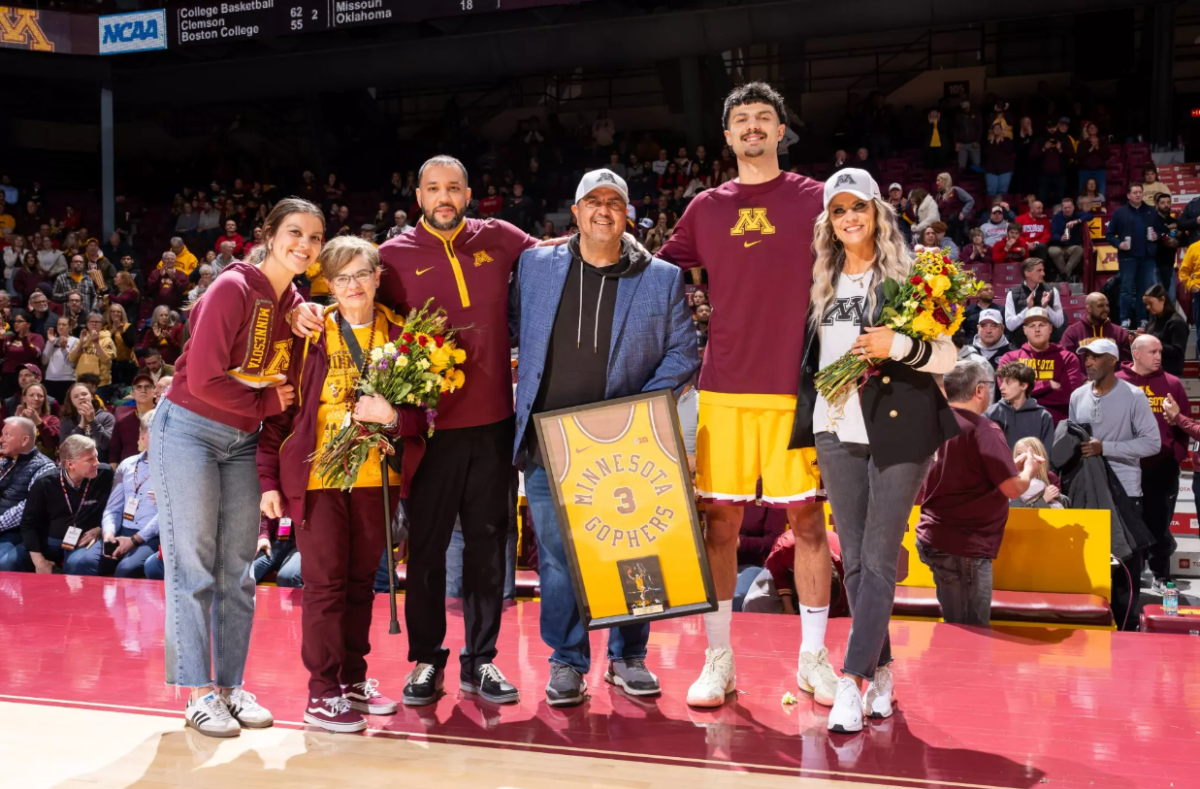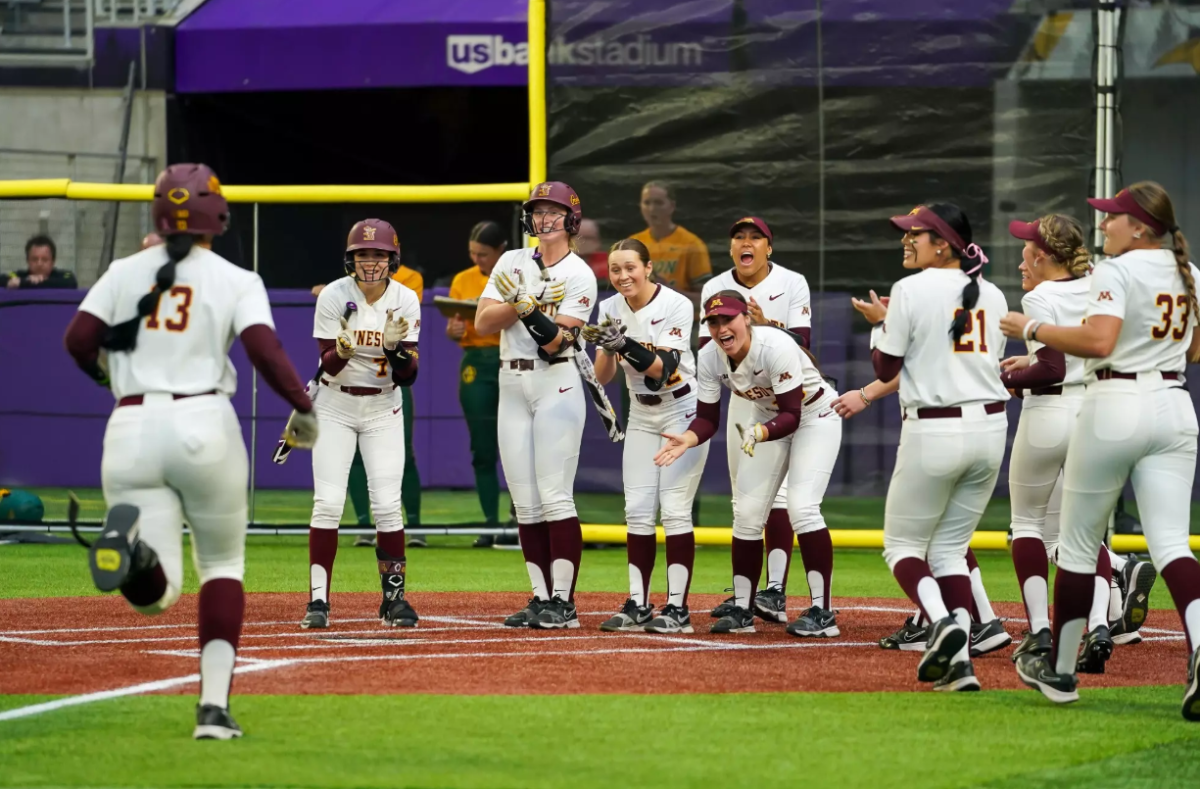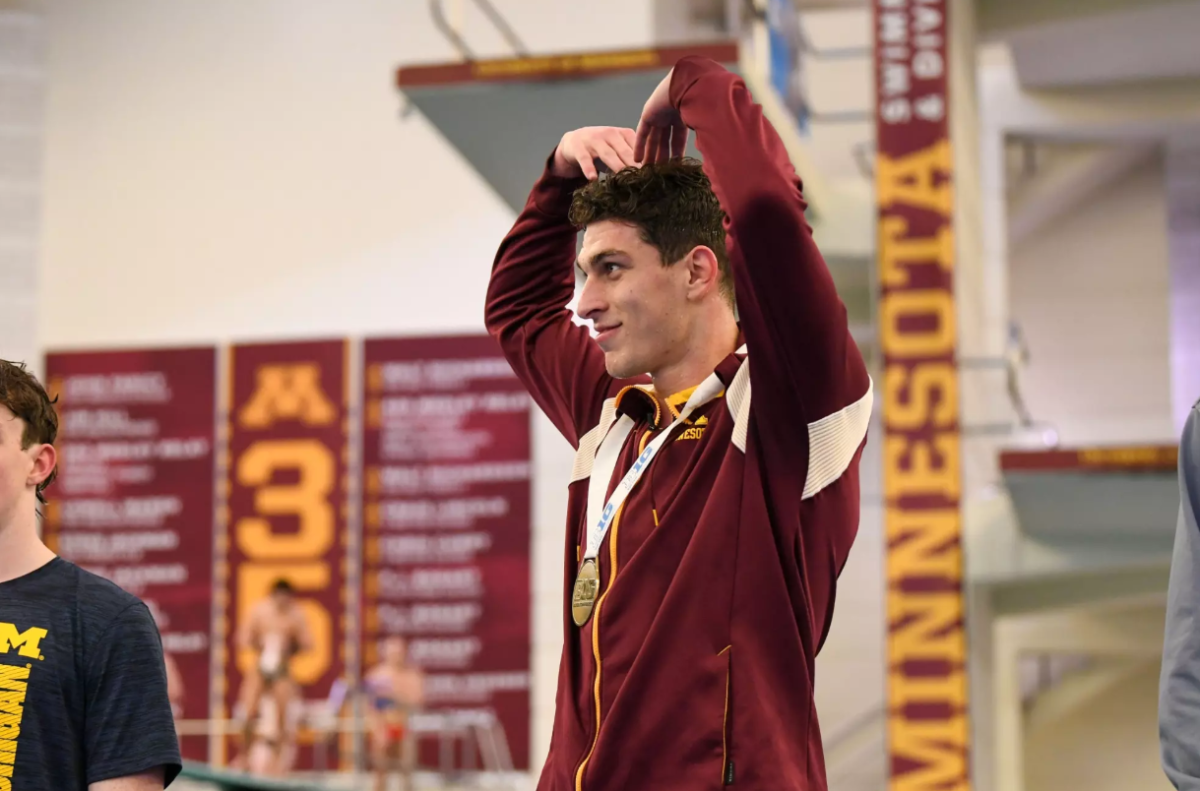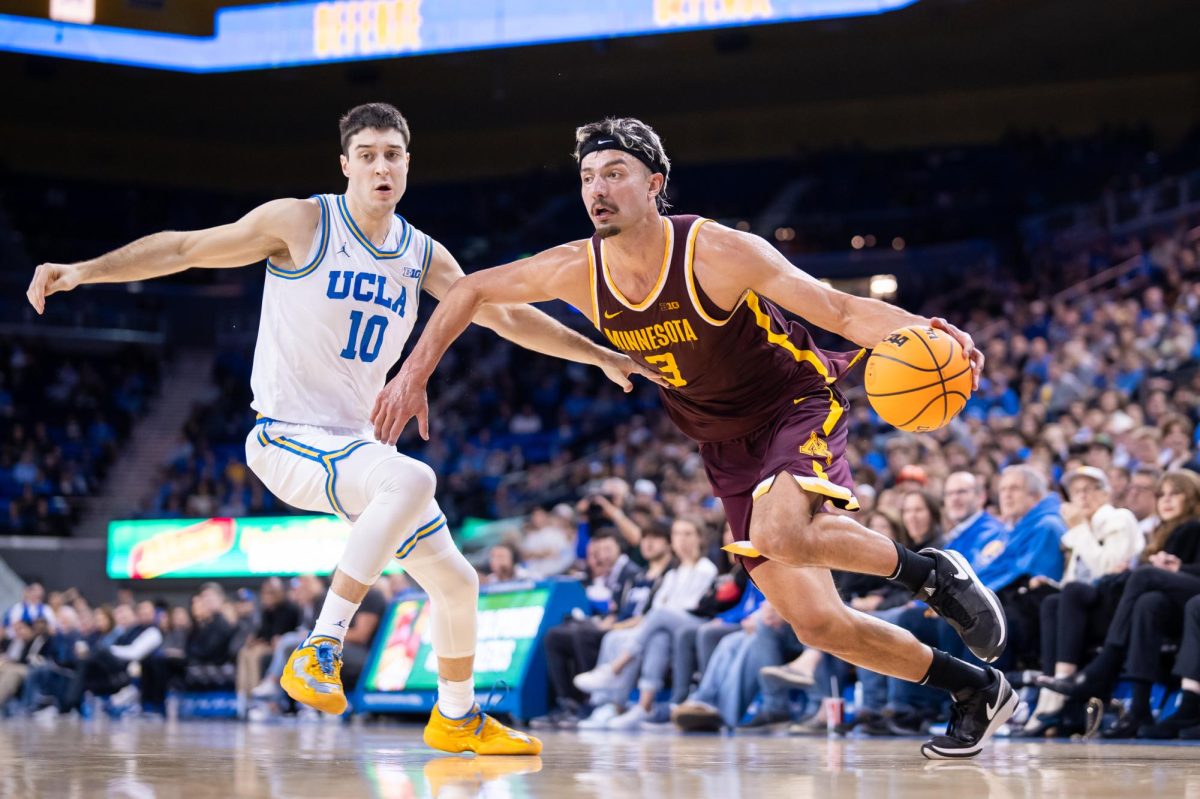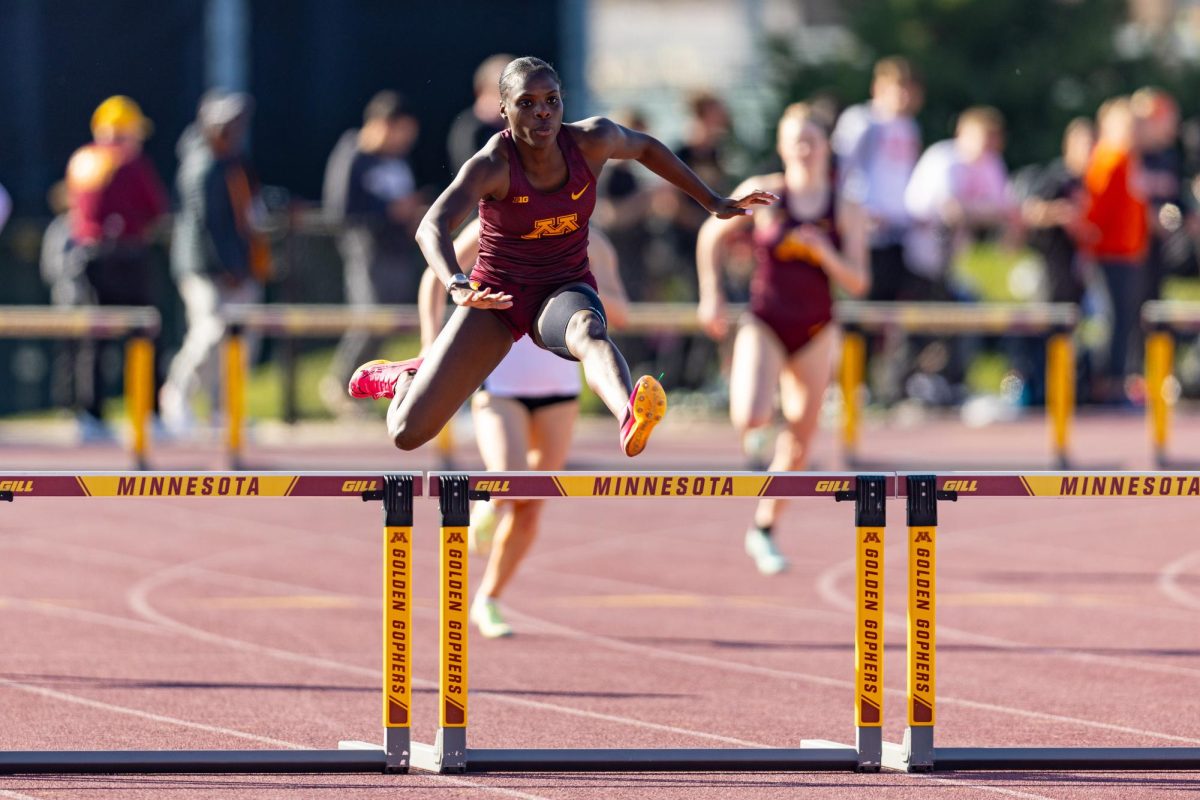Evidence suggests a University of Minnesota Athletics Department administrator and several staff members knew of at least one wrestler using and selling drugs as early as December 2015 — about three months before a University internal investigation said the department and wrestling coaches became aware of a drug problem on the team.
Senior Associate Athletics Director Marc Ryan sent an email on Dec. 7, 2015 to former wrestling head coach J Robinson, current interim head coach Brandon Eggum, assistant coach Luke Becker and trainer Rich Schlotfeldt alerting them to an unspecified incident possibly requiring further investigation by a University athletics drug and alcohol committee, the University of Minnesota Police Department’s investigation file shows. The files were obtained by the Minnesota Daily through a data request.
That same day, an email sent by Ryan suggested he “had known that the unlawful use, sale, or possession of drugs was a problem for at least one student,” according to an examination of electronic records completed on behalf of UMPD. The email referenced in the electronic records report was completely redacted by the University.
And communications from that day reference “‘orange pills’ possessed by one student,” though the sender of those messages isn’t included in the heavily-redacted report.
But Ryan told police he was “first informed that there was suspected drug activity on the wrestling team” in mid-March according to documents detailing the investigation into the sale and use of Xanax by University wrestlers.
The University first learned of the problem in early April through an anonymous report, triggering a police investigation of the drug ring, according to the findings of a school investigation released the same day Robinson was fired.
The University’s official report admits to staff-wide knowledge of the drug problem in March, but it doesn’t mention that evidence suggested Ryan and other staff knew months earlier.
Coaching and athletic department staff purposely limited electronic communication, according to the examination of electronic records completed for UMPD.
“Several messages indicate that coaching and athletic department staff wished to keep their electronic communication limited,” the electronic records report noted.
Robinson’s University email account showed no activity throughout most of March.
“The only way that there would be no activity in an email account is if the user deleted all of the emails,” University Information Services told police investigators.
A University Athletics spokesman declined to comment for this story.
Culture of troubling behavior
Robinson was fired Sept. 7 after the University determined that he refused to cooperate with attempts to investigate his team’s drug problem to shield members from consequences for selling and distributing Xanax, a prescription anti-anxiety medication.
Robinson had coached at the University for nearly 30 years, guiding the team to three national championships.
The University disclosed letters of apology written by four of 14 accused wrestlers. The letters detail accounts of theft, gambling and fighting by team members. A team-wide drug test showed three members tested positive — one for marijuana and two for amphetamines.
But the drug test — scheduled two days after the end of the wrestling season — did not test for Xanax. Wrestlers were informed after the test was administered that it would not check for the drug at the center of the criminal investigation.
Though Robinson offered amnesty to wrestlers who self-reported to him, University attorney Brent Benrud said in a letter to Athletics Director Mark Coyle that it was unlikely the wrestlers met the self-reporting requirements of the Safe Harbor program, a voluntary disclosure process that protects students who admit to drug use from being tested.
The Drug Testing Review Board determines whether athletes meet the Safe Harbor requirements, though the policy does not cover students involved in the sale of drugs.
The anonymous University wrestler who tipped off the investigation said a teammate showed him video evidence of wrestlers receiving “500-1000s” of pills by mail from a former wrestler who transferred to Old Dominion University in Virginia.
In February 2016, Old Dominion staff found him passed out in a study area with a firearm in his backpack. He is no longer a student at the school.
A University Office of the General Counsel document showed that several team members turned in drugs to Robinson, including Xanax, marijuana, Adderall and oxycodone — to which Robinson said, “Holy shit, I did not think you had this much.”
Wrestlers either declined or could not be reached for comment.
Leaders of the drug ring accused of selling or taking drugs were first- or second-year wrestlers. All of the first- and second-year wrestlers lived in the 17th Avenue Residence Hall.
Police led an investigation into hundreds of package receipts for mail sent to the residence hall.
Four team members were named as the distributors of the drug.
Every one of the 14 wrestlers named by the anonymous reporter as users or sellers of the drug are listed on the school’s 2016-17 wrestling roster.












